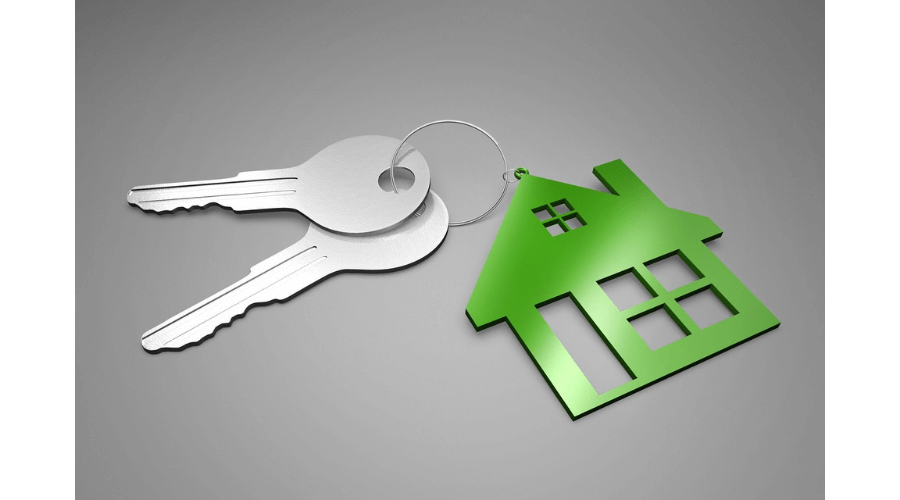Why Negative Gearing Is A Bad Investment Strategy?
Before getting into why negative gearing is an ineffective strategy, we need to first answer ‘what negative gearing and how does it work?’
What is negative gearing?
Negative gearing is when the cost of owning a rental property outweighs the income it generates each year.
How does negative gearing work?
An investor might choose to hold onto this investment because it can result in tax savings. An investor can apply to the tax office for the negatively geared property to be considered a taxable loss. This can reduce the amount of tax paid, increasing personal cash flow.
So, is negative gearing good or bad? Let’s look at six reasons why negative gearing may not be an effective strategy.
Negative gearing is NOT a strategy; it’s a tax outcome
First, let’s set things straight. Negative gearing is not a strategy, it’s a tax outcome.
Let’s say you earn $20,000 gross annual rental income from an investment property, and you incur $25,000 costs to cover expenses for the mortgage, insurance, and property management. Here, you end up with a $5,000 loss, which can be offset against your income from a job or business.
Now, if your annual income is $100,000, the $5,000 loss can be deducted from this amount, and only $95,000 of your income will be taxed.
So, is negative gearing worth it? Should you justify income loss to save a small amount of money after tax?
While claiming back as much tax as possible may be tempting, ultimately, you lose more than what you are getting back.
Lack of cash flow
Opting for a negatively geared property has the potential to affect your cash flow negatively. The loss incurred through this property may limit what you can spend daily, including holidays, meals out, or personal items. This can have an impact on your freedom and lifestyle!
This means that, from a cash flow standpoint, the person who has no investment property can live a better lifestyle than someone who has a negatively geared property.
Capital Losses
Property that’s costing you money every year, even after tax, is still costing you money to hold. The cash you’ve worked hard to earn and made an effort to turn into an asset is now a burden because it takes money out of your pocket. It might be worth reconsidering the reasons why you started your property investment journey in the first place.
Was it really to buy property, only to lose money?
Limited serviceability
If your goal is to build an extensive property portfolio, buying a negatively geared property will most likely do more harm than good. Essentially, you’re advertising to the banks that you’re purchasing losing assets that cost money.
The bank may now see you, the debtor, as a liability who cannot meet loan repayments. This can result in banks limiting the amount you can borrow or even rejecting your application for a loan entirely. This has the effect of limiting your ability to buy more properties needed to expand your portfolio.
If building a portfolio is a priority in your investment strategy, then buying a negatively geared property has the potential to derail this plan.
It can get you trapped in the rat race
We mentioned earlier that it was essential to consider why you’re investing in real estate in the first place. Perhaps it’s to escape from the rat race and be in a position to quit your job by earning passive income. If this is the case, buying negatively geared homes can ultimately hinder this dream. Essentially, you’re putting yourself in even more danger, where you are more reliant than ever on your employment.
To service that debt and make those interest repayments so that you may hold on to the negatively geared property, that job is crucial.
You don’t need to negatively gear to grow
There are alternatives to negatively geared investment property that allow you to acquire positive cash flow and grow simultaneously. This is possible whether you invest in capital cities or regional areas.
For example, Geelong is a positively geared zone. Had you invested there five years ago, you would have almost quadrupled your money. If you bought three to four years ago in Ballarat or Bendigo, you may have seen more significant growth and positive cash flow than you would have in Melbourne, Sydney, or Brisbane. Likewise, you might have doubled your money and had a positive cash flow of $5-10k per home if you bought somewhere like Gold Coast or Toowoomba more recently.
You don’t need to buy close to the CBD in a capital city to be a successful property investor and see that growth. If you accept this myth and that negative gearing is the only alternative, you are only limiting your potential.
Of course, buying a negatively geared property can be beneficial when depreciation is greater than the loss. Depreciation, a non-cash accounting expense, is considered by the Australian Taxation Office as an expense that can be deducted from your tax. But this only occurs in particular circumstances and should not be relied upon as a reason to purchase the negatively geared property.
Now that we’ve answered ‘what is negative gearing,’ ‘how it works,’ and why it may not be an effective investment strategy, there may be those of you looking to restructure your investment strategy. Need advice on how to maximise your resources and options? Feel free to get in touch today!
PREVIOUS
How to Buy Your First Rental Property with...

 PK Gupta
PK Gupta






